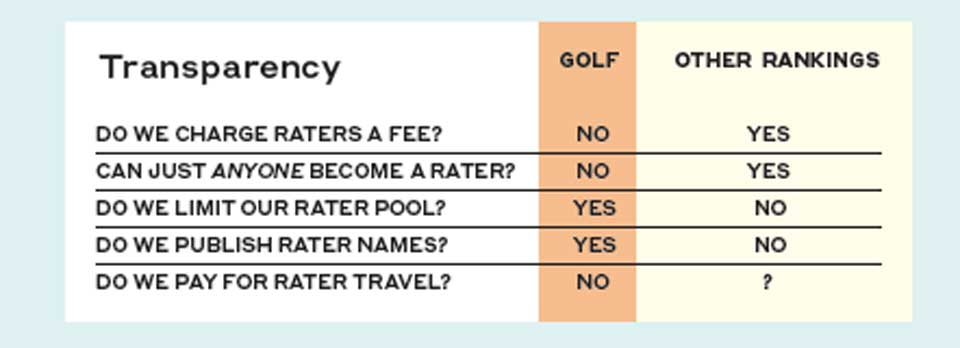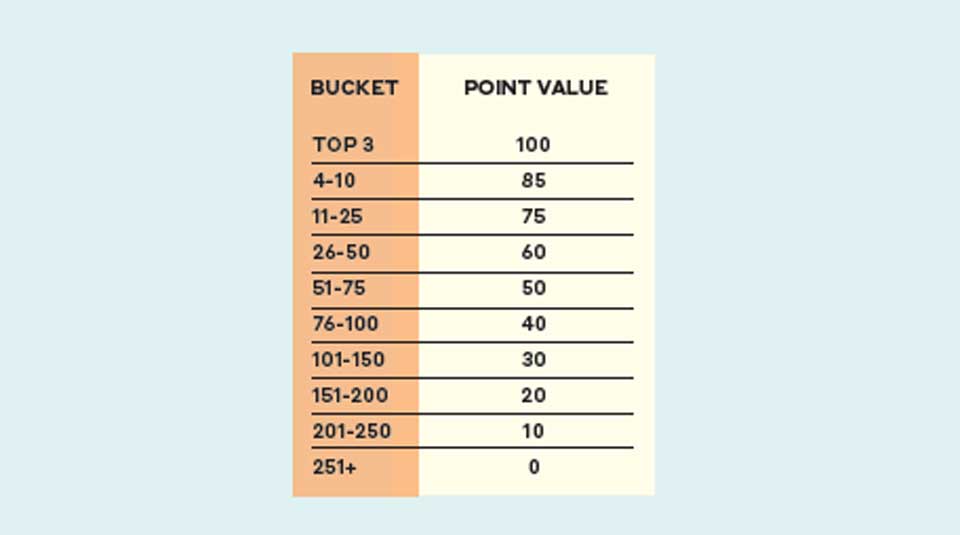 Royal Dornoch names designer for ambitious masterplan
Royal Dornoch names designer for ambitious masterplan
Here’s how GOLF ranks the Top 100 Courses in the U.S. and World
Any “best” or “greatest” list is, at its core, a study in subjectivity, our Top 100 Courses in the World and U.S. ranks being no stranger to the whims of human taste. We’re more than fine with that, if for the only reason that the folks who rate courses on GOLF’s behalf have the keenest eyes in golf architecture. We empower and hold accountable a group of 80 well-traveled—and well-connected—golfers/aficionados, each capable of expressing their own sense of design excellence at the highest level. The group is seasoned and experienced—we look for raters who know what’s out there, what’s changing and what’s coming down the pike. And from judging posts across four continents, our panelists are positioned to place courses from different regions around the globe into proper context, one of the main reasons GOLF’s world list is the most esteemed in the game.
Other ranking outlets employ thousands of raters. Our less-is-more approach creates a more meaningful and thoughtful list. Think about it: When you plan a golf trip, do you call every golfer you know for their take? No. You contact a handful of people whose opinions you value most. In the rankings world, experience is king.

ADVERTISEMENT
Our voting process is fairly straightforward. We present each rater with a list of 430-plus eligible courses, then ask them to place every course they’ve played into various buckets, starting with “My Top 3.” Because we don’t prescribe a particular method to assess courses as other ranks do, no one opinion ends up carrying the day—our rank is a democracy, not an autocracy. Some panelists believe that enjoyment is the ultimate goal, and therefore prioritize design attributes such as width and playing angles while frowning on the need to constantly hunt for balls in thick rough.
Others value challenge and the demands of needing to finish the round having hit every club in the bag. Some consider the surroundings or the overall environment of a course of paramount importance, thereby emphasizing the setting or whether the course appears natural or not. In the end, allowing raters to freely express their likes and dislikes is what creates the desired eclecticism in the final rank. It’s anything but group think.

Panelist integrity and how we tabulate votes are what make the system work. Voters with any ties or associations to eligible courses must flag any conflicts. We investigate any vote that falls outside the statistical norm. Panelists know not to let their play influence their ballot—same for a luxe experience or clubhouse. While opulence may make for a more a memorable outing, it’s not what GOLF’s course lists are about. They’re focused on architecture and design. We study the course, not the trappings around it.
Ultimately, you are judge and jury of the success of our efforts. Let us know how we did at golfletters@golf.com. Meanwhile, we’ll see you in the fairway.
ADVERTISEMENT





